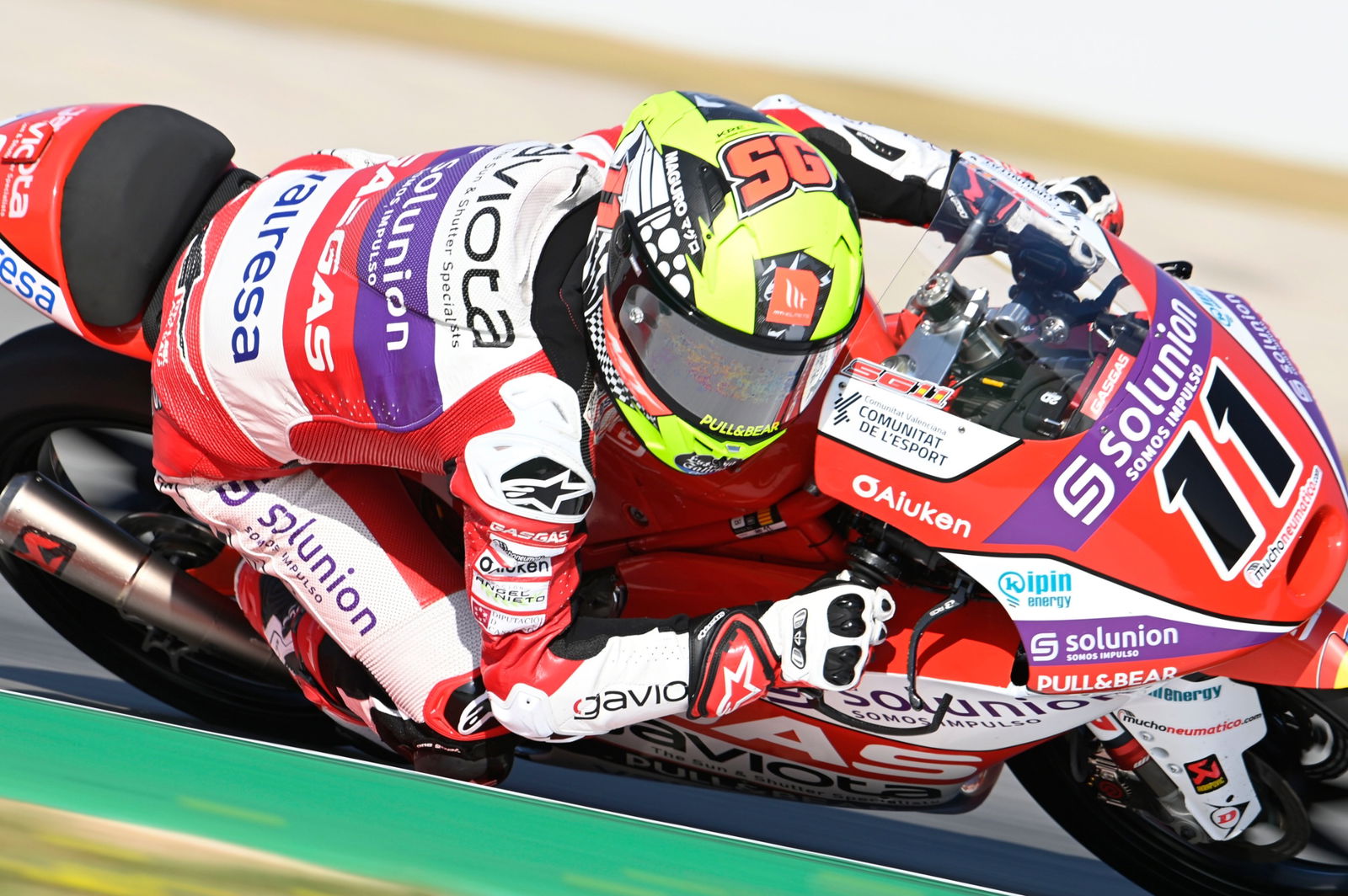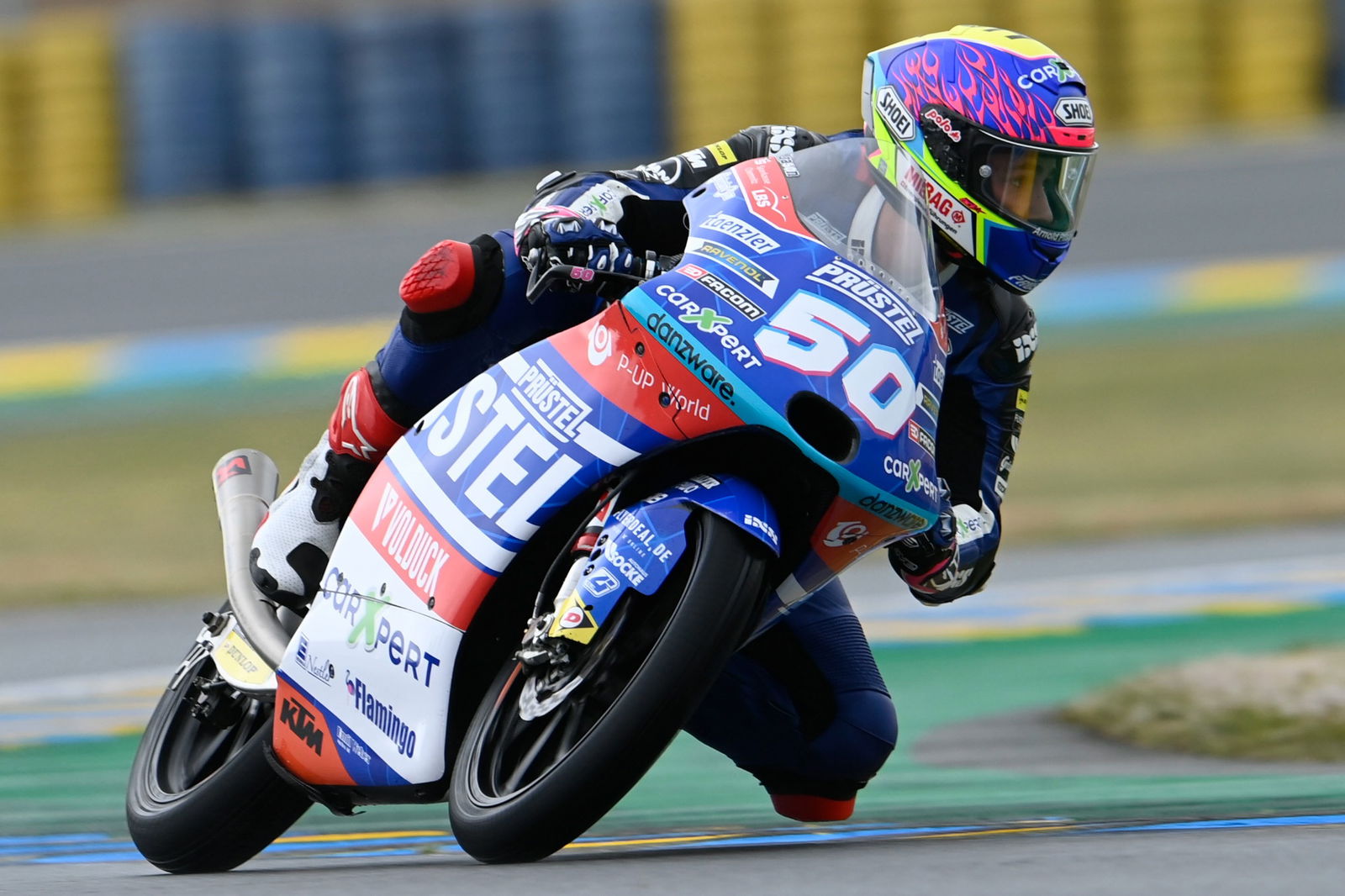Moto3 technical freeze extended until 2023, then 2-3 year 'rolling period'

The technical freeze on bike-specification in the Moto3 class, which began in Qatar 2020 due to the Covid pandemic and was due to expire at the end of 2021, has now been extended until 2023.
Then, from 2024, a minimum two-year rolling period for bike design will be introduced, meaning no 'new' machines until the end of 2025 and possibly 2026.
The move has been agreed 'to ensure continued cost control for Moto3 teams and manufacturers'.
To avoid a manufacturer being stuck with an uncompetitive bike for the 2-3 seasons following 2024, each manufacturer will be permitted to make one upgrade to each of the following areas, in the first year only: main fairing, front fender, swingarm, frame and engine.
Honda and KTM (including its Husqvarna and GasGas brands) are the only manufacturers currently competing in the junior grand prix class.
A new and more sustainable fuel is also planned from 2024 onwards.
The full Moto3 rule changes can be seen below:
2022 & 2023:
The current 2021 bike specification as declared by each manufacturer, will be frozen until the 2023, inclusive.
• The maximum price for a complete rolling chassis will remain at €85,000.
• As part of the engine package, each manufacturer will only be required to supply 3 gearboxes sets per two rider team.
• Each team will be permitted to rent a maximum 2 additional sets of gearboxes at the capped price of €2.500 each.
• A Maximum of 6 engines per rider, for the season will be permitted. However, a manufacturer at their choosing may allocate 5 engines per rider, for the season.
• Manufacturers can continue to charge the Championship €60,000 per entry for engine supply whether the allocation is five or six engines per rider.
• Because engines are rebuilt during the season and re-allocated to the teams, the manufacturers need to avoid unnecessary additional rebuild costs due to misuse of the engine. Therefore, A protocol will be agreed with the manufacturers that will define what is believed is an acceptable use of the engine by the teams and riders. Meaning, teams can be charged for proven engine damaged caused by the rider or team exceeding these parameters.
FROM 2024:
• It has been agreed that all parties will make every effort will to introduce a new and more sustainable fuel.
• From 2024, bike specifications will be declared for a minimum 2-year rolling period (with a review during mid-season of the first year to evaluate the possibility to increase to 3 years). This means that at the start of the 2024 season, each manufacturer will declare their bike specification at the first event of the season, with this specification being frozen until at least the end of the 2025 season.
• To avoid the possible issue of a manufacturer having a design problem that is impacting on the performance of their bike and not being able to fix it for 3 years. Each manufacturer will be permitted to upgrade one of the following areas in the first year only.
- Main fairing
- Front fender
- Swingarm
- Frame
- Engine
• The upgraded part must be supplied free of charge to all riders and be available to all at the same time.


